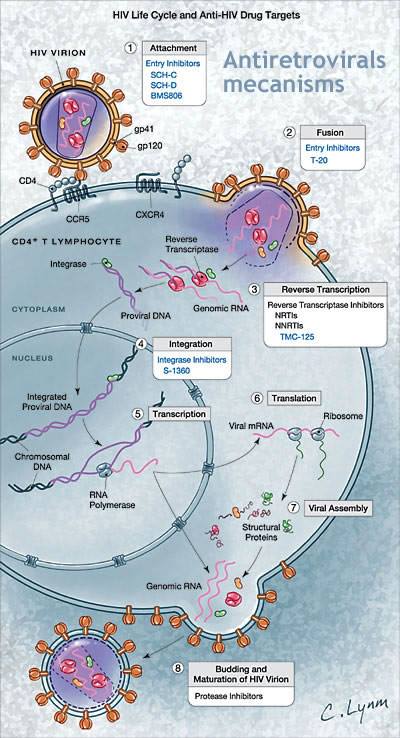Second case of sustained HIV remission after stem cell a transplant of hematopoietic stem cells with two copies of the CCR5 Δ32 (delta 32) allele of a Donor
Prof.Dr.Dram,profdrram@gmail.com,Gastro Intestinal,Liver Hiv,Hepatitis and sex diseases expert 7838059592,943414355 www.blogspot.com/drnakipuria www.bhartiyanews24x7.com www.bhartiyanews24x7.net www.Bharatiyanews24x7.com
A HIV-positive patient, called the “London Patient”, has experienced sustained remission from HIV-1 infection after stem-cell transplantation becoming only the second person in the world to achieve this, as reported in the journal Nature. The patient with HIV-1 infection was diagnosed with advanced Hodgkin’s lymphoma in 2012. To treat the cancer, the patient received a transplant of hematopoietic stem cells from a donor with two copies of the CCR5 Δ32 (delta 32) allele. The patient experienced only a mild reaction to the stem-cell transplant. The patient became homozygous for CCR5 Δ32 after transplantation, and anti-retroviral therapy was interrupted after 16 months. The authors confirmed that HIV-1 RNA was undetectable, and the patient has so far been in remission for 18 months. The first historic case to achieve remission was a patient named Timothy Brown, known as the ‘Berlin patient’, who had been diagnosed with HIV while living in Germany. He was the first person in the world to be cured of HIV after receiving a hematopoietic stem cell transplant from a donor with two copies of the Δ32 mutation of CCR5. The treatment was very aggressive. The patient stopped taking ART on the day of the transplant.This previous case occurred more than 10 years ago and the approach has not been successfully repeated until this second case. CCR5 is a co-receptor for HIV-1 infection and is present on the surface for CD4 cell. Homozygous carriers of this mutation are resistant to infection with HIV-1 viruses that use this co-receptor. Without CCR5, the virus will not enter the CD4 cells. According to the study authors, these findings demonstrate that the ‘Berlin patient’ was not an anomaly and provide further support for the development of approaches that target CCR5 as a strategy for HIV remission. We spoke to Dr BB Rewari, NACO on phone. He said, “This may be possible in persons who carry the genetic mutation “CCR5- Δ32 which confers HIV resistance. This mutation is found only in Caucasians and such patients necessitate regular long-term follow-up as did the “Berlin patient”, who was followed up for 8 years. However, bone marrow transplant should not be taken as a therapeutic modality for HIV infection.”
- Kidney stones universally present hazard in north india,dillution by water prevent it
- Steroid and placebo effect equally for mild persisting asthma with low sputum eosinophils
- Government wants to fix public healthcare staff shortages with ayush docs: will it work?
- Plea in hc for payment of salaries of edmc, north mcd teachers and doctors
- 7 indian pharma companies named in us lawsuit over inflating generic drug prices
- Woman in up dies after explosion in her mouth during treatment,what is diagnosis?
- Woman in up dies after explosion in her mouth during treatment,what is diagnosis?
- Woman in up dies after explosion in her mouth during treatment,what is diagnosis?
- Air pollution ! mothers organising rally in london,anaesthetist choosing gas,will india follow?
- Cardiac arrest is always not sudden as understood -a study


 Comments (
Comments ( Category (
Category ( Views (
Views (